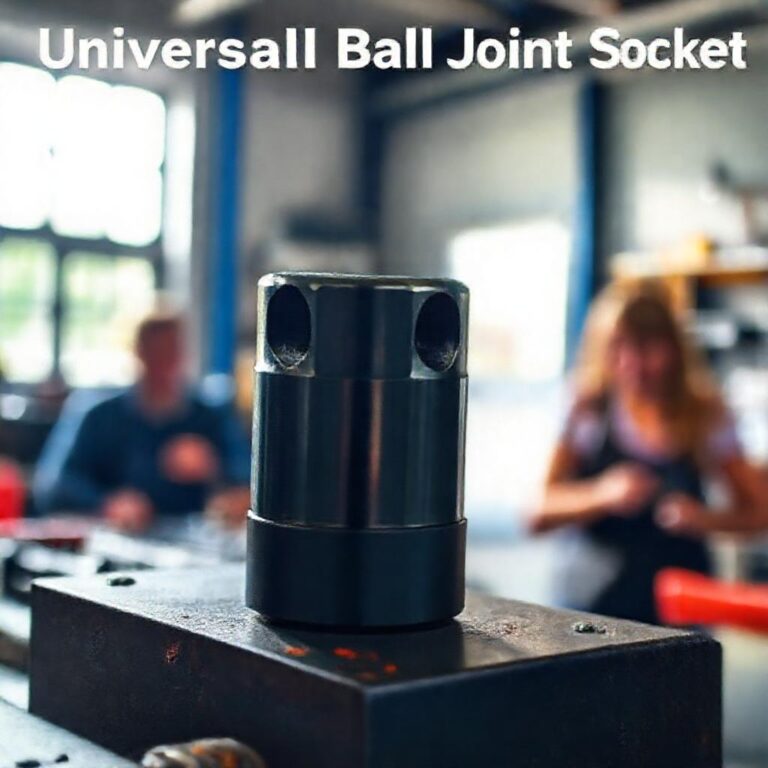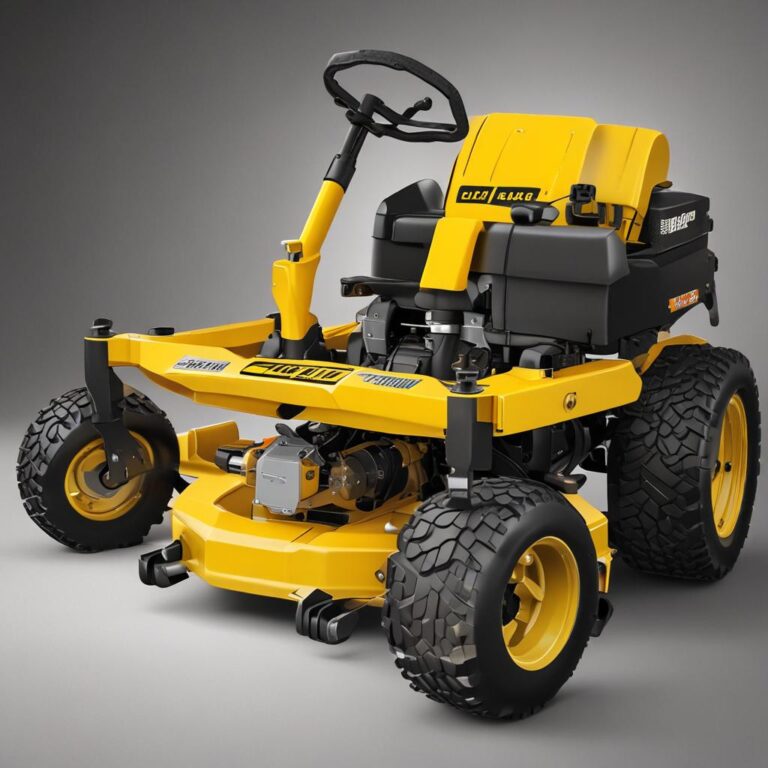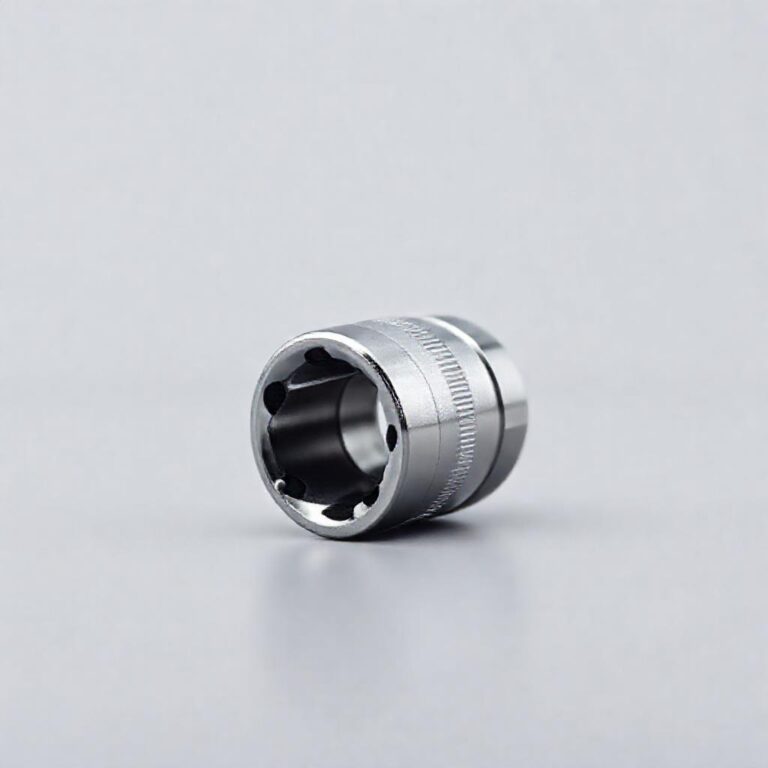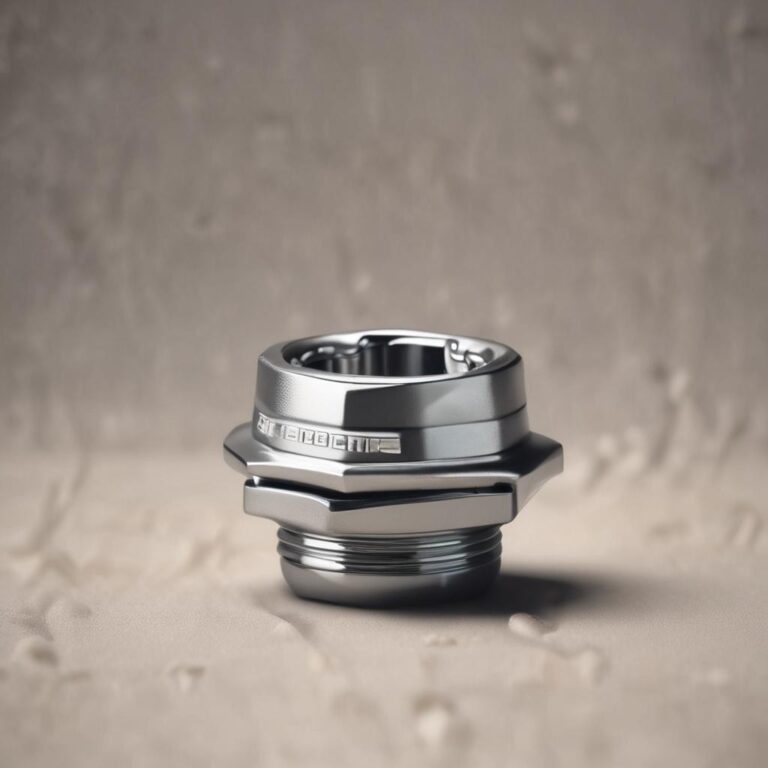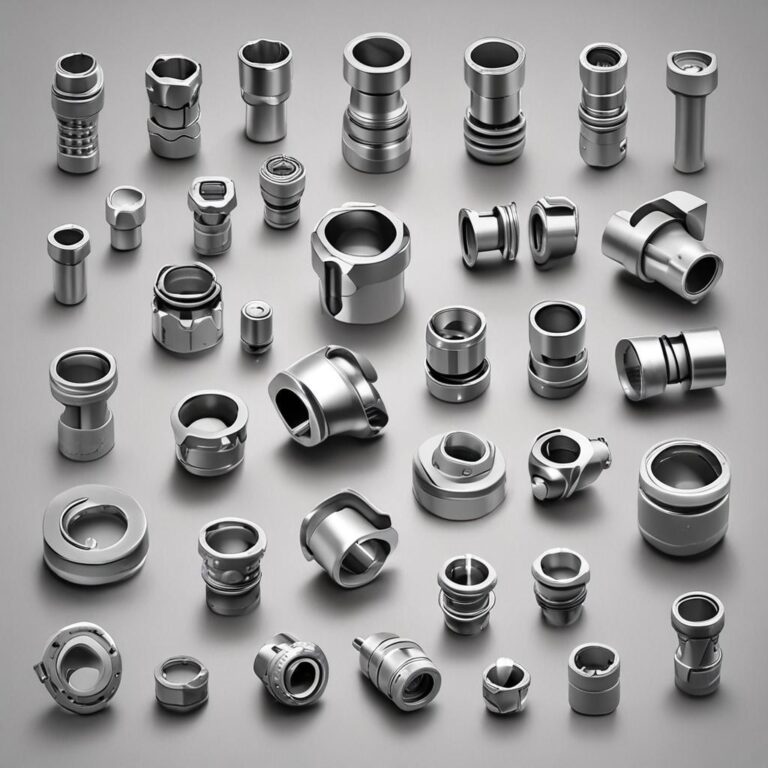How to Remove the Nut Using a 25 Mm Socket: Step-by-step Guide for Beginners
The right tools can make all the difference when tackling mechanical tasks, whether you’re working on a car, assembling furniture, or repairing machinery. A 25 mm socket, part of the metric sizing system, is a versatile tool for removing nuts in various applications. This guide simplifies the process, offering clear steps and practical advice to help beginners confidently use a 25 mm socket for efficient and safe results.
Understanding the Basics
What is a 25 mm Socket?
A socket is a tool designed to fit over nuts and bolts, allowing users to apply torque with a wrench or ratchet. The 25 mm socket, part of the metric system, is ideal for larger nuts commonly found in automotive engines, industrial machinery, and heavy-duty equipment. Its size ensures compatibility with fasteners that require significant force, making it a staple in workshops worldwide.
Tools and Equipment Needed
To remove a nut effectively, gather a 25 mm socket, a ratchet wrench, and an extension bar if workspace constraints apply. Safety gloves and glasses are essential to protect against debris and sharp edges. For stubborn nuts, a breaker bar or impact wrench can provide extra leverage, but these are optional for basic tasks.
Safety Precautions
Always wear safety gloves and glasses to prevent injuries from slipping tools or flying fragments. Work in a well-lit, stable area to maintain control and avoid accidents. Avoid over-tightening or using excessive force, as this can strip the nut or damage surrounding components. Take your time to ensure precision and safety.
Step-by-Step Guide to Removing the Nut
Inspect the Nut and Surrounding Area
Before starting, examine the nut for rust, damage, or corrosion. Clean the area with a brush or cloth to remove dirt and debris, ensuring the socket fits properly. If the nut is frozen, consider applying penetrating oil or using heat to loosen it, depending on the material.
How To Use A Torque Wrench For Beginners – 2022
Select the Right Socket and Attach It to the Ratchet
Confirm the nut measures exactly 25 mm across its flats. Slide the socket onto the ratchet’s square drive and secure it with a retaining pin. For tight spaces, attach an extension bar to the socket for added reach while maintaining a firm connection to the ratchet.
Distribution Analysis
Option A (33%)
Option B (33%)
Option C (34%)
Distribution chart for How to Remove the Nut Using a 25 Mm Socket: Step-by-step Guide for Beginners
Position the Socket Over the Nut
Align the socket squarely with the nut, ensuring the internal corners of the socket engage all sides of the fastener. A misaligned socket can slip, causing injury or damage. If the nut is partially recessed, use a deep-well socket to avoid contact with nearby surfaces.
Apply Steady Pressure and Turn the Ratchet
Most nuts are tightened clockwise, so turn the ratchet counterclockwise to loosen. Use smooth, controlled motions to avoid sudden slips. If resistance is high, apply gradual force or switch to a breaker bar for additional torque without risking socket damage.
Remove the Nut Completely
Continue turning until the nut is fully detached. If reusing the nut, place it in a secure container or labeled tray to prevent loss. For replacement, inspect the threads and clean the area before installing a new fastener. Always double-check that the socket remains engaged during removal.
Tips for Handling Stubborn Nuts
Some nuts resist removal due to rust or overtightening. Spray penetrating oil like WD-40 on the threads and let it sit for 15–30 minutes to dissolve corrosion. Gently tapping the nut with a hammer can also break its bond. For severe cases, use a heat gun or torch to expand the metal, but avoid overheating sensitive components. If manual tools fail, a breaker bar or impact wrench delivers the force needed to free the nut without risking injury.
Conclusion
Using a 25 mm socket correctly requires attention to detail and adherence to safety practices. By selecting the right tools, inspecting the work area, and applying steady force, beginners can master this essential skill. Practice will build confidence, and the 25 mm socket’s adaptability will prove invaluable for automotive repairs, machinery maintenance, and DIY projects.
FAQ Section
What if the 25 mm socket doesn’t fit the nut?
Double-check the nut’s size with a caliper or ruler. If it’s not 25 mm, swap the socket for one that matches the measurement. Using an incorrect size can strip the nut’s edges, complicating removal.
Can I use a 25 mm socket for both metric and imperial nuts?
A 25 mm socket is metric and won’t fit imperial (SAE) nuts. However, it may approximate certain SAE sizes in emergencies (e.g., 1 inch ≈ 25.4 mm). Always verify compatibility to avoid damaging the nut.
How to use a compression fitting. Compression plumbing tutorial. Plumbing for beginners!
How do I prevent the socket from slipping off the nut?
Ensure the socket is fully seated on the nut’s flats. Use a ratchet with a locking mechanism and maintain a firm grip. For added security, choose a deep-well socket if the nut is recessed or a 6-point socket for damaged fasteners.
What should I do if the nut is rusted and won’t budge?
Apply penetrating oil and let it soak. Use a breaker bar for extra leverage or gently heat the nut with a torch to expand it. If these methods fail, let the oil sit longer or use an impact wrench for powerful bursts of torque.
Is it safe to use an impact wrench with a 25 mm socket?
Yes, but ensure the socket is rated for impact use and securely attached to the wrench. Follow the manufacturer’s torque guidelines to avoid overloading the tool or socket. Use impact-rated gloves and stay clear of the socket’s path to prevent accidents.


